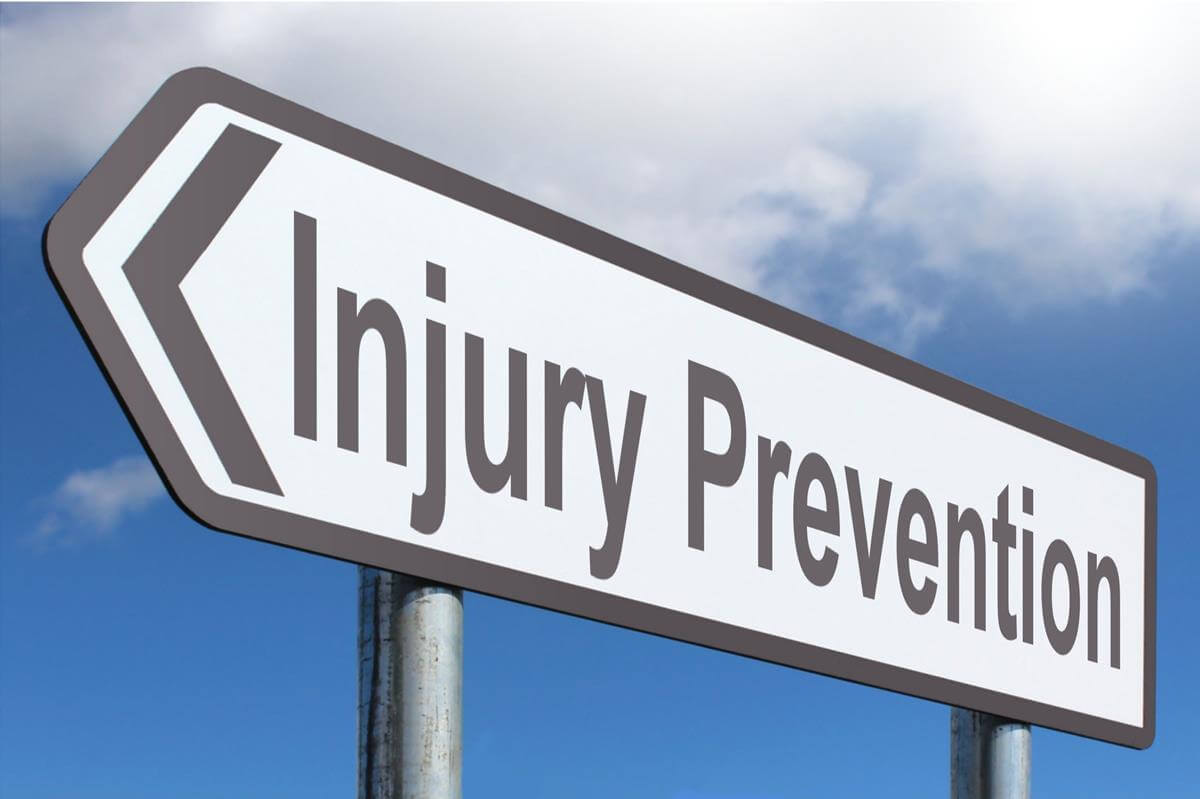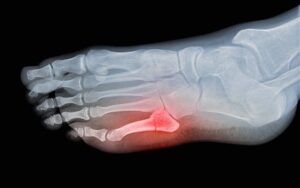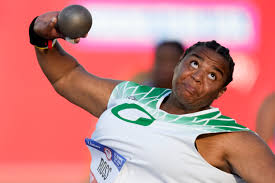A Guide to Staying Safe and Active
Participating in sports is a fantastic way to stay fit, relieve stress, and enjoy some healthy competition. However, with any physical activity comes the risk of injury. Whether you’re a weekend warrior or an elite athlete, preventing injuries should be a top priority. Here’s how you can protect yourself while still enjoying your favorite sports.
1. Warm Up Properly
Warming up before engaging in any sport is crucial. A proper warm-up increases blood flow to the muscles, improves flexibility, and prepares your body for the physical demands ahead. Start with light aerobic exercises like jogging or cycling, followed by dynamic stretches that mimic the movements of your sport.
2. Use the Right Gear
Wearing the appropriate gear for your sport is essential in preventing injuries. This includes helmets, padding, mouthguards, and the right footwear. Make sure your equipment is well-fitted, in good condition, and appropriate for your level of play.
3. Know Your Limits
Understanding your physical limits is key to avoiding injuries. It’s easy to push yourself too hard, especially when you’re passionate about a sport. Listen to your body and take breaks when needed. Overtraining can lead to fatigue, which increases the risk of injuries.
4. Practice Good Technique
Using the correct technique not only enhances your performance but also reduces the risk of injury. Whether you’re lifting weights, swinging a bat, or running, improper form can put undue stress on your muscles and joints. Consider working with a coach or trainer to refine your skills and ensure you’re using the correct form.
5. Stay Hydrated and Nourished
Dehydration and poor nutrition can lead to decreased performance and an increased risk of injury. Drink plenty of water before, during, and after your activity. Ensure your diet is rich in nutrients that support muscle recovery and energy, such as proteins, carbohydrates, and healthy fats.
6. Incorporate Strength Training
Strengthening the muscles around your joints can help protect them from injury. Incorporate strength training into your fitness routine to build resilience and improve your overall athletic performance. Focus on all major muscle groups, paying particular attention to those most involved in your sport.
7. Cool Down and Recover
Cooling down after exercise is just as important as warming up. It helps your body return to its resting state and reduces the risk of muscle stiffness and soreness. Follow your activity with light exercise, like walking, and static stretching. Additionally, prioritize rest and recovery days to allow your body time to heal and adapt.
8. Pay Attention to Warning Signs
Ignoring pain or discomfort can lead to serious injuries. If you experience any pain during or after physical activity, take it as a warning sign. Rest and consult a healthcare professional if necessary. Early intervention can prevent minor issues from becoming major problems.
Conclusion
Preventing sports injuries requires a combination of preparation, awareness, and self-care. By following these tips, you can reduce your risk and enjoy a long, active lifestyle in your chosen sport. Remember, staying injury-free allows you to stay in the game, so take the necessary steps to protect your body today.
By Kavya Chauhan




